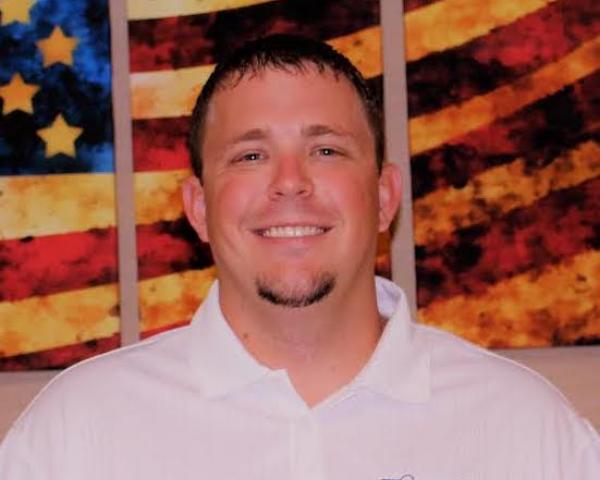Consider Hiring an 'IT Whisperer'
IT customers want a “Dog Whisperer” to reassure them that "It’s not the dog’s fault; the humans need to adapt better to the dog's needs."

IT customers want a “Dog Whisperer” to reassure them that "It’s not the dog’s fault; the humans need to adapt better to the dog's needs."

Get Involved
Our authors are what set Insurance Thought Leadership apart.
|
Partner with us
We’d love to talk to you about how we can improve your marketing ROI.
|

Jim Leftwich has more than 30 years of leadership experience in risk management and insurance. In 2010, he founded CHSI Technologies, which offers SaaS enterprise management software for small insurance operations and government risk pools.
You are reading the headline correctly. If you follow these tips, your insurtech will either fail or will be heading toward failure.

Get Involved
Our authors are what set Insurance Thought Leadership apart.
|
Partner with us
We’d love to talk to you about how we can improve your marketing ROI.
|

Bobbie Shrivastav is founder and managing principal of Solvrays.
Previously, she was co-founder and CEO of Docsmore, where she introduced an interactive, workflow-driven document management solution to optimize operations. She then co-founded Benekiva, where, as COO, she spearheaded initiatives to improve efficiency and customer engagement in life insurance.
She co-hosts the Insurance Sync podcast with Laurel Jordan, where they explore industry trends and innovations. She is co-author of the book series "Momentum: Makers and Builders" with Renu Ann Joseph.
However unfair, benefits advisers need to brace themselves for the picture that Bezos/Buffett/Dimon are about to paint of them.

Get Involved
Our authors are what set Insurance Thought Leadership apart.
|
Partner with us
We’d love to talk to you about how we can improve your marketing ROI.
|

Kevin Trokey is founding partner and coach at Q4intelligence. He is driven to ignite curiosity and to push the industry through the barriers that hold it back. As a student of the insurance industry, he channels his own curiosity by observing and studying the players, the changing regulations, and the business climate that influence us all.
Issues can be complex: Personal injury laws differ in every state in terms of the type of injuries they cover and the reimbursements offered.

Get Involved
Our authors are what set Insurance Thought Leadership apart.
|
Partner with us
We’d love to talk to you about how we can improve your marketing ROI.
|
Approaches need to be tailored for the Silent Generation and Baby Boomers, rather than being mass marketing messages.

Get Involved
Our authors are what set Insurance Thought Leadership apart.
|
Partner with us
We’d love to talk to you about how we can improve your marketing ROI.
|

Jagger Esch is the president and CEO of Elite Insurance Partners and MedicareFAQ, a senior healthcare learning resource center.
The days of trusting legislators to have our best interests at heart are in the rearview mirror. It's time for doctors and patients to take the lead.

Get Involved
Our authors are what set Insurance Thought Leadership apart.
|
Partner with us
We’d love to talk to you about how we can improve your marketing ROI.
|
Market liberalization initiatives present even more opportunities for innovators in transparent health reinsurance.

Get Involved
Our authors are what set Insurance Thought Leadership apart.
|
Partner with us
We’d love to talk to you about how we can improve your marketing ROI.
|

Hugh Carter Donahue is expert in market administration, communications and energy applications and policies, editorial advocacy and public policy and opinion. Donahue consults with regional, national and international firms.
Although the NFIP dominates, a small market has appeared for private flood insurance in the U.S. The question is: Will it continue to develop?

Get Involved
Our authors are what set Insurance Thought Leadership apart.
|
Partner with us
We’d love to talk to you about how we can improve your marketing ROI.
|

Howard C. Kunreuther is professor of decision sciences and business and public policy at the Wharton School, and co-director of the Wharton Risk Management and Decision Processes Center.
Insurers need tools providing visibility into their insureds’ cybersecurity ecosystems on a continual basis, such as security ratings.

Get Involved
Our authors are what set Insurance Thought Leadership apart.
|
Partner with us
We’d love to talk to you about how we can improve your marketing ROI.
|
A major study identifies the “top three” practices that organizations should adopt to join their successful peers.

Get Involved
Our authors are what set Insurance Thought Leadership apart.
|
Partner with us
We’d love to talk to you about how we can improve your marketing ROI.
|
